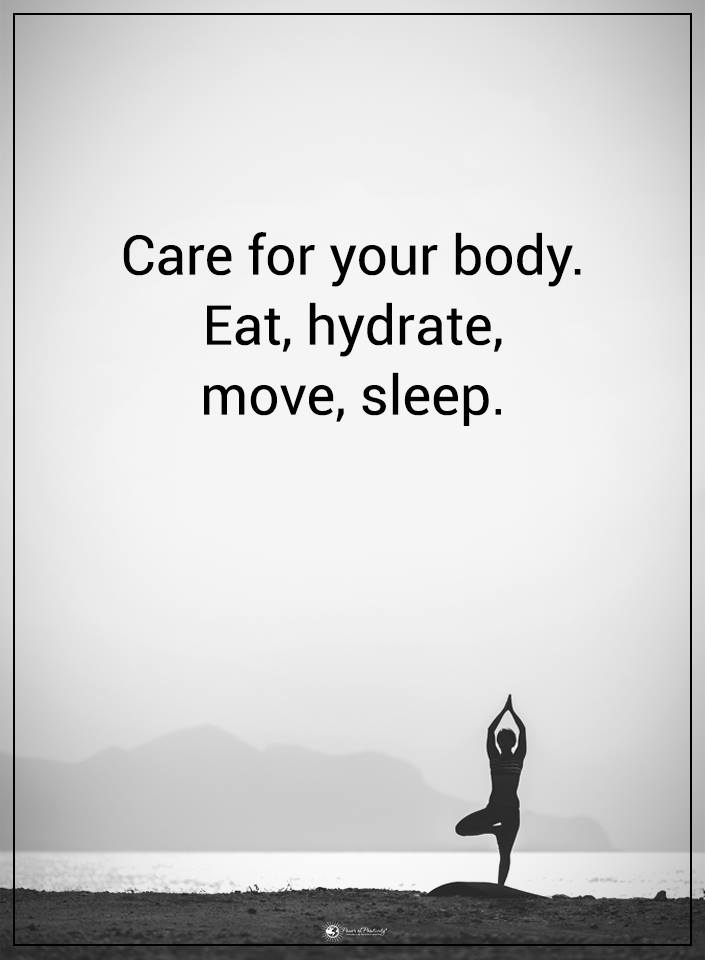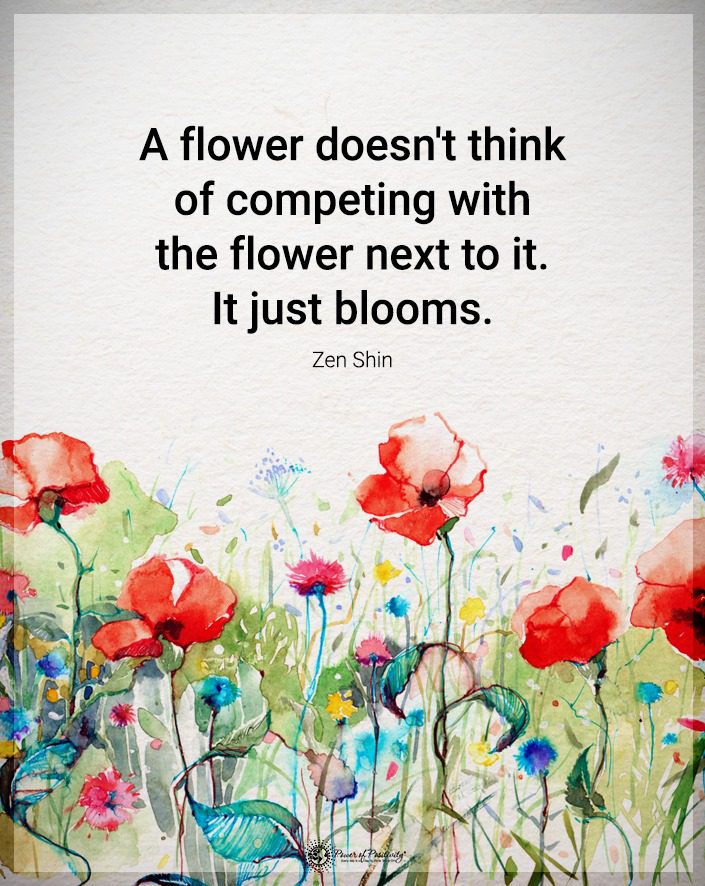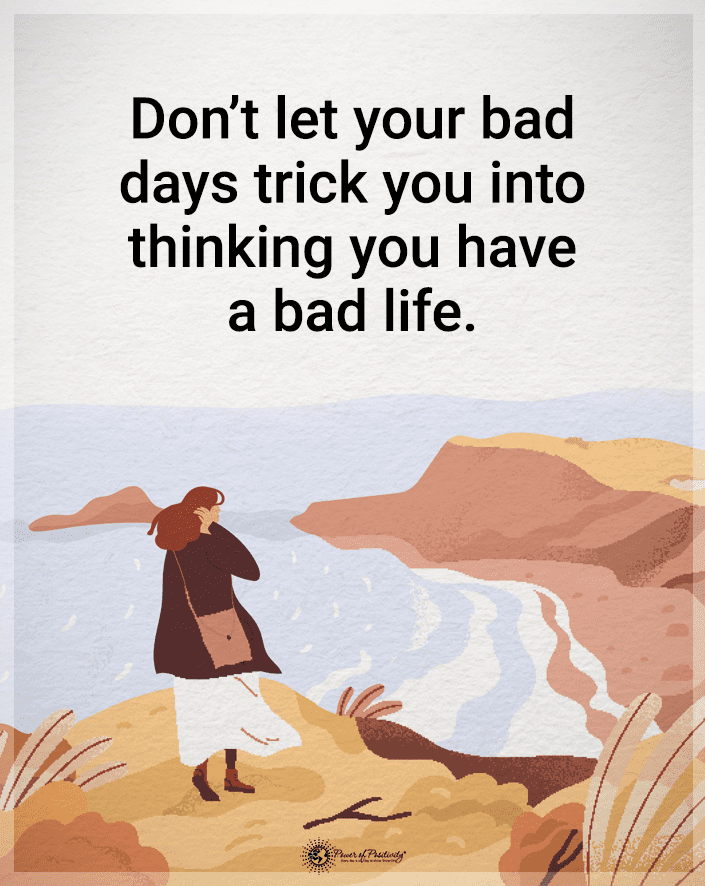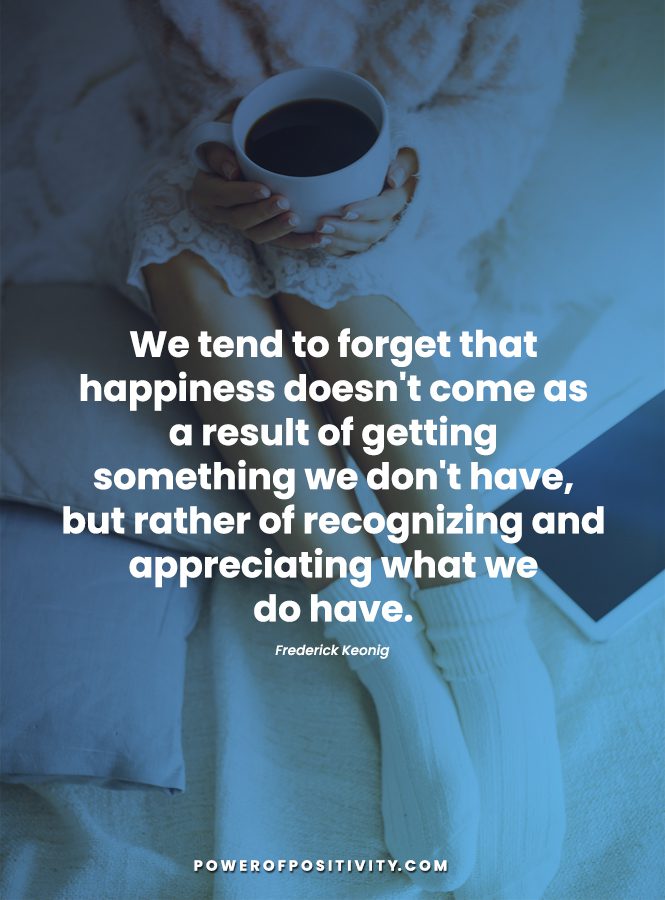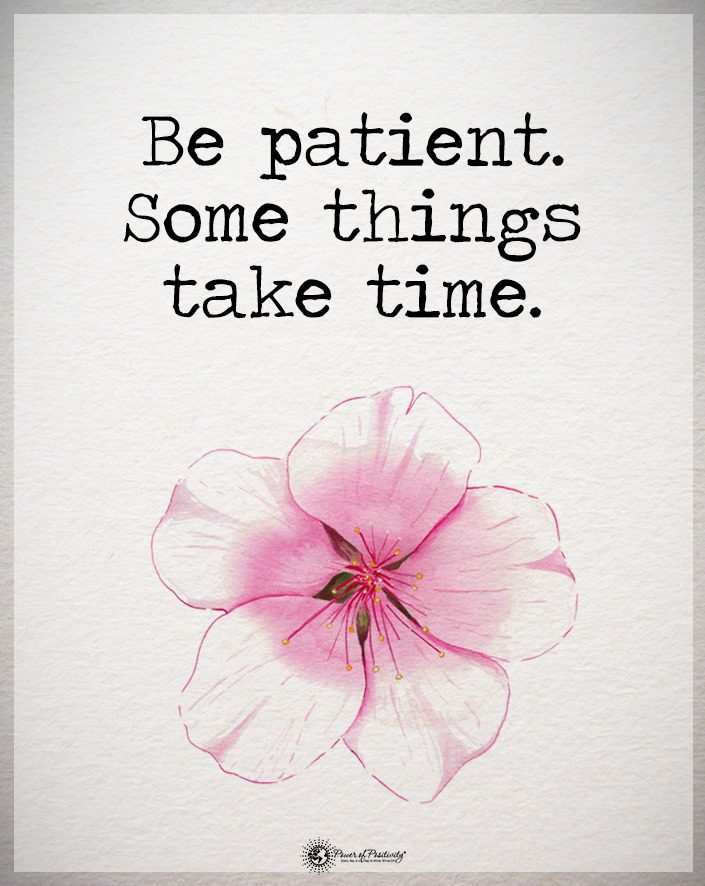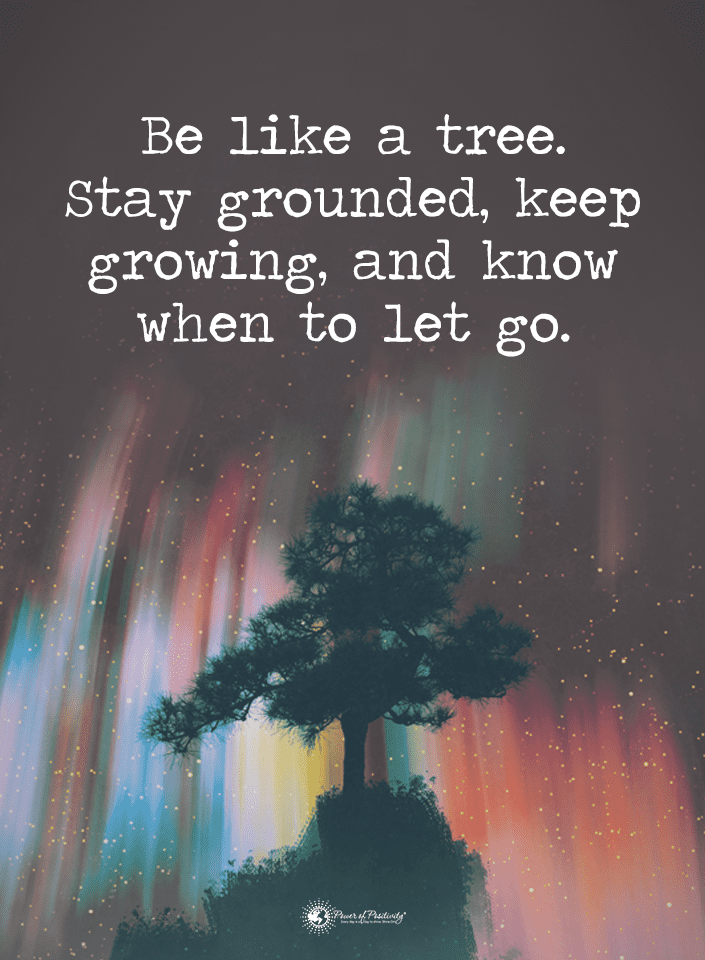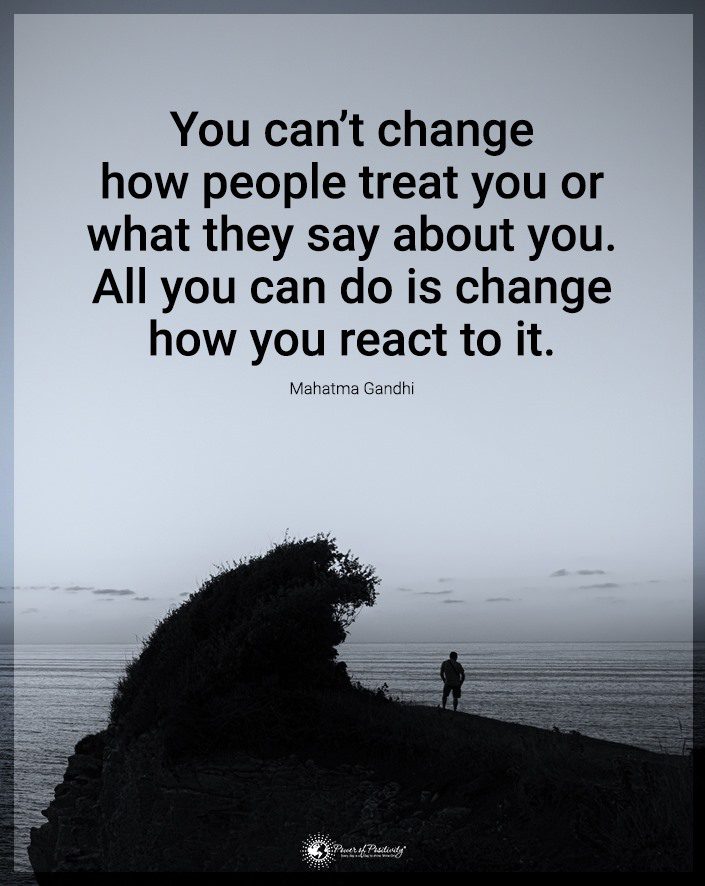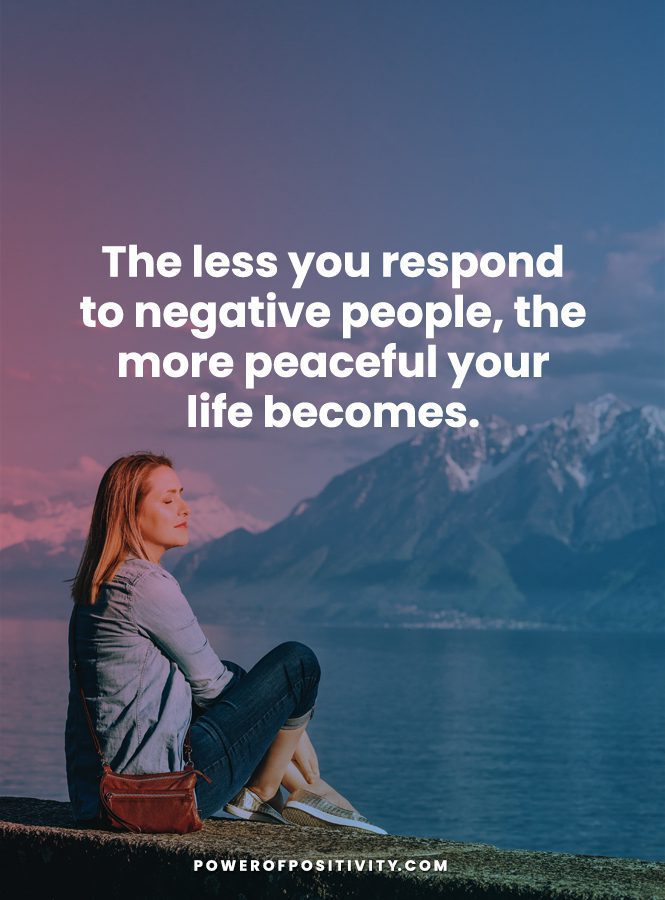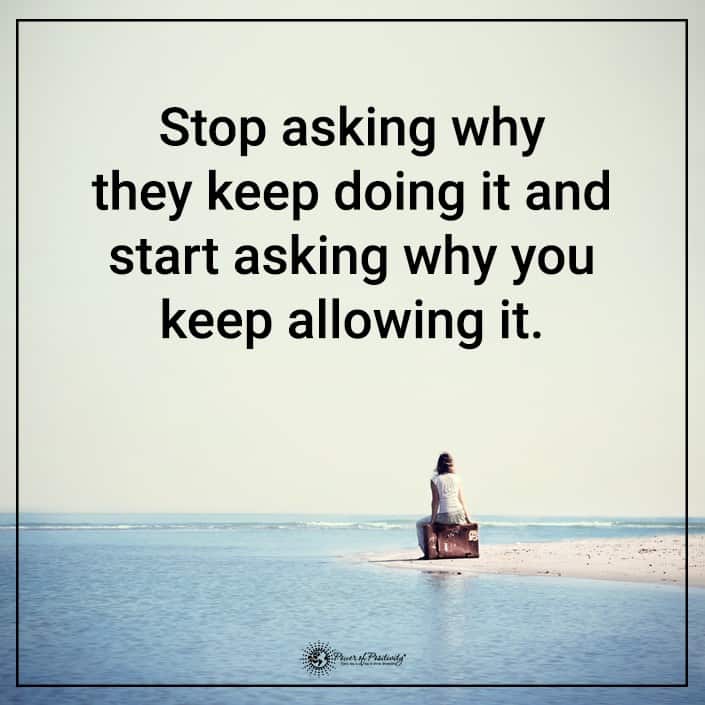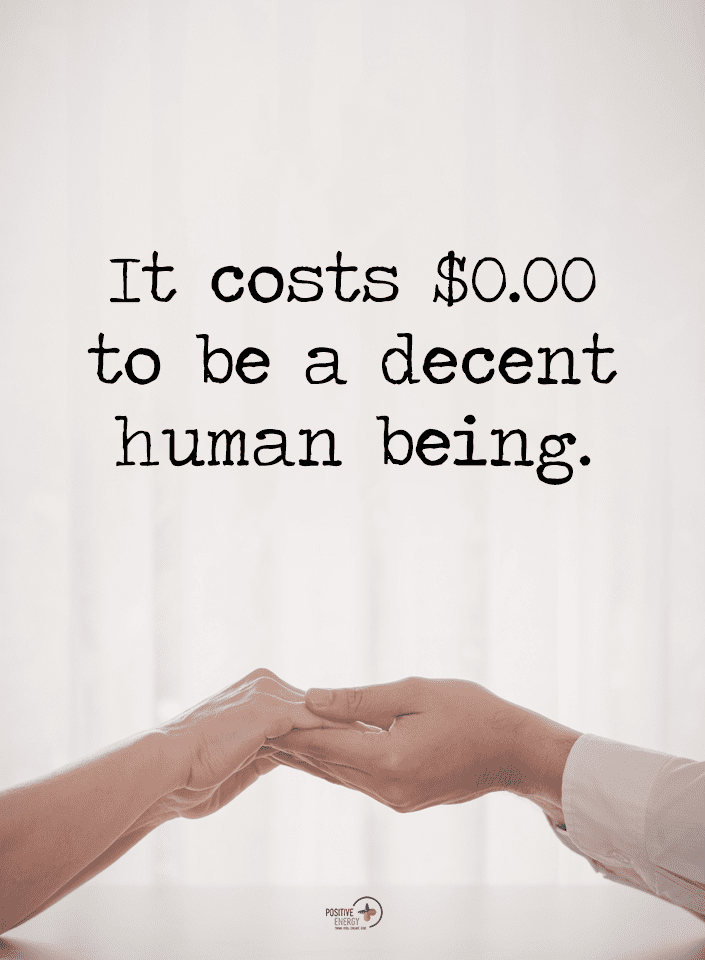Learn why you might have an upset stomach or nausea after you eat.
Medical professionals provide insights into the possible causes and underlying health conditions of nausea after eating. An upset stomach can happen for many reasons, and understanding them can help you determine how to fix it.
Nausea after eating can be uncomfortable and frustrating. It might make you want to avoid eating outside your home and be leary about attending social events. It could indicate allergies or other underlying health concerns if it happens frequently.
Understanding the causes of your stomachache and nausea after eating can help you make a change. You can address health problems or avoid allergy triggers if you know the problem. This information will help you understand the situation and feel better after eating.
Understanding Nausea After Eating
Nausea after eating, or postprandial nausea, can impact your daily life by making you feel queasy or like you need to vomit. It typically occurs shortly after meals and can be triggered for various reasons. This situation can cause discomfort, embarrassment, or health conditions.
Sometimes digestive discomfort happens if you eat too fast or don’t chew your food enough. Other causes can include underlying health conditions and lifestyle factors. Determining your nausea triggers can help you avoid things that make you feel lousy.
Other symptoms that often accompany nausea after eating involve the following:
- bloating or gas
- heartburn
- issues with bowel movements
- weakness or fatigue
- discomfort or pain
- lack of appetite
Nutritional Causes and Dietary Triggers
Sometimes you’ll experience nausea because of nutritional reasons and dietary triggers. It might be as simple as overeating, causing a stomachache from uncomfortable pressure on your stomach.
Other times, this happens because of food intolerance or allergy. It also signifies other complications resulting from your diet.
Eating spoiled or contaminated food can cause food poisoning and lead to diarrhea, vomiting, nausea, fever, or stomach cramps. It happens when you consume something containing viruses or bacteria.
Additionally, an unbalanced diet can make you have a stomach ache, especially if you consume excessive amounts of fatty or greasy foods. These foods slow your digestive system, often leading to discomfort and nausea.
Another nutritional cause of nausea after eating is too low fiber intake. Without enough fiber, you might experience constipation, allowing toxins to accumulate and get into your bloodstream. It can make you feel sick as it causes inflammation and other issues.
Gastrointestinal Conditions
Experiencing nausea after eating could indicate gastrointestinal problems because it can happen when a digestive organ isn’t working correctly.
Some of the gastrointestinal conditions that can cause nausea include:
- Postprandial antral hypomotility: your stomach muscles don’t contract like they should after eating
- Gastroesophageal reflux disease (GERD): involves malfunctioning between the ring of muscle between your stomach and esophagus and is also known as acid reflux
- Visceral hypersensitivity: hypersensitive nerves in your gut
- Gastritis: inflammation of the stomach lining
- Gastroenteritis: stomach flu from a bacterial or viral infection
- Chronic mesenteric ischemia: narrowing arteries in the intestines
- Peptic ulcer: damaged stomach lining or duodenum, usually as the result of an infection
- Functional dyspepsia (FD): a condition that involves upper abdominal pain and discomfort
Gallbladder and Liver Disorders
Nausea after eating could be a sign of gallbladder and liver disorders, including disease and infection. You could have gallstones obstructing bile flow or inflammation of the gallbladder (cholecystitis). Another issue that might cause nausea is liver dysfunction or impaired bile production.
Symptoms of cholecystitis typically occur after eating a high-fat meal or overeating. You might notice pain in your back, belly, or under your left shoulder.
Liver disease can occur when bile doesn’t flow properly to the small intestine. It causes it to build up in your blood and interferes with digestion. The bile backup also causes toxins to accumulate and make you sick or uncomfortable.
Chronic gallbladder disease is another issue that can result in nausea after eating. It might also result in frequent diarrhea and other digestive problems after meals.
If you experience pain in the middle of the abdomen or upper right side, there’s a good chance it’s a gallbladder issue. The pain might be cramping, sharp, or dull and can spread to your back.
Pancreatic Issues
Pancreatic issues can cause discomfort and nausea after eating. Acute pancreatitis is one problem that can occur, and it happens when your pancreas suddenly becomes inflamed. It can happen if you:
- have gallstones
- consume alcohol
- take certain medications
- have an infection or injury
- have a genetic predisposition
Chronic pancreatitis can cause nausea, and you might also notice pain, vomiting, fever, or unexplained weight loss. This condition is long-term inflammation of the pancreas and occurs when digestive enzymes activate in the pancreas for an extended time.
Another pancreatic issue that can cause nausea is insulinoma, a rare tumor. This tumor occurs in the pancreas and produces an overabundance of insulin. It causes low blood sugar and can make you feel nauseous, weak, or confused.
Pancreatic enzyme deficiency is another condition that can cause nausea. It occurs when you don’t have enough digestive enzymes to break down food properly.
Food Allergies and Sensitivities
Food allergies and sensitivities can manifest as nausea after eating. If you experience nausea, vomiting, diarrhea, or stomach cramps every time you eat a specific food, it’s likely an allergy or intolerance. The reaction typically occurs within seconds or minutes but could come later.
During an allergic reaction, your immune system overreacts to something you consume. It identifies it as a danger and triggers a protective response that causes the symptoms of an allergic reaction. Food allergies can be life-threatening and can cause you to experience swelling in your face or lips and trouble breathing or swallowing.
Common food allergens will show up in an allergy test, and the ones most commonly responsible for triggering immune response include:
- milk
- eggs
- nuts and peanuts
- shellfish
- wheat
Food intolerances have similar symptoms to an allergy, including nausea and discomfort, but aren’t life-threatening. You might also experience digestive problems and headaches after eating specific ingredients. Common intolerances include:
- lactose
- gluten
- egg
Celiac disease is an autoimmune disorder that occurs when someone has a severe gluten intolerance. If you have it, your body will react to gluten which can cause you to experience pain, diarrhea, nausea, and bloating.
Gluten is in barley, rye, and wheat, and you’ll want to avoid them if you have celiac disease. Otherwise, it can cause severe pain, discomfort, and other issues.
You may also want to look into histamine intolerance affecting digestion. Your body naturally produces histamine, and it’s in some foods.
If your body struggles to break histamine down, it can cause nausea after eating, headaches, and other digestive problems. Some of the foods you should avoid if you have a histamine intolerance include:
- alcohol and fermented drinks
- fermented foods
- spinach
- avocados
- eggplant
- dried fruits
- processed meats
- smoked meats
- aged cheese
- shellfish
Psychological and Emotional Factors
Postprandial nausea can occur for psychological and emotional factors. It could indicate anxiety, depression, excitement, or excess stress. In other cases, it could signify eating disorders.
Anxiety occurs as a stress response, and it can cause nausea after eating, along with many other symptoms. You might experience a stomachache, but sometimes it can worsen, and you’ll vomit. It happens because stress hormones cause gastrointestinal contractions, causing the system to speed up or slow down.
Stress can cause nausea because it causes a hormonal increase as your body naturally prepares for fight or flight. Survival mode kicks in whenever the body sees a perceived threat. It can affect all body areas, including the digestive system. When it happens, you’ll likely experience stomach discomfort and nausea.
While excitement is a good feeling, it can give you a stomachache after eating. Too much anticipation can lead to nausea or vomiting.
If an eating disorder becomes a compulsion, it’s likely to make you feel nauseous after eating. It often happens with bulimia nervosa. Nausea also occurs with this disorder because of lacking nutrients in your body.
Seeking Medical Evaluation if You Often Experience Nausea After Eating
If you experience nausea after eating, you should seek medical evaluation. A medical consultation can help you determine the underlying issues and plan your next steps.
A healthcare professional can offer a proper diagnosis as you’ll undergo relevant diagnostic tests or receive a specialist referral. Your referral might be to a gastroenterologist, allergist, or other specialist. The results can help determine your next steps and help you live healthier and happier.
Knowing the underlying cause allows you to avoid triggers and make lifestyle adjustments. It eliminates the guessing game that comes with figuring it out without professional help.
Final Thoughts on Medical Insights on Nausea After Eating
Feeling sick after eating can occur for many reasons, including food intolerance and other underlying health conditions. The symptoms and underlying causes of postprandial nausea can impact your life and make you uncomfortable.
The correlation between nausea after eating and health implications makes it essential to get a medical evaluation for proper diagnosis and treatment. Visiting a medical professional before making changes ensures you receive a correct diagnosis to help with treatment.
Once you know the issue, address persistent or concerning symptoms to improve your health and well-being. It can make a difference and help you live a better life without worrying about getting a stomach ache or experiencing discomfort.

